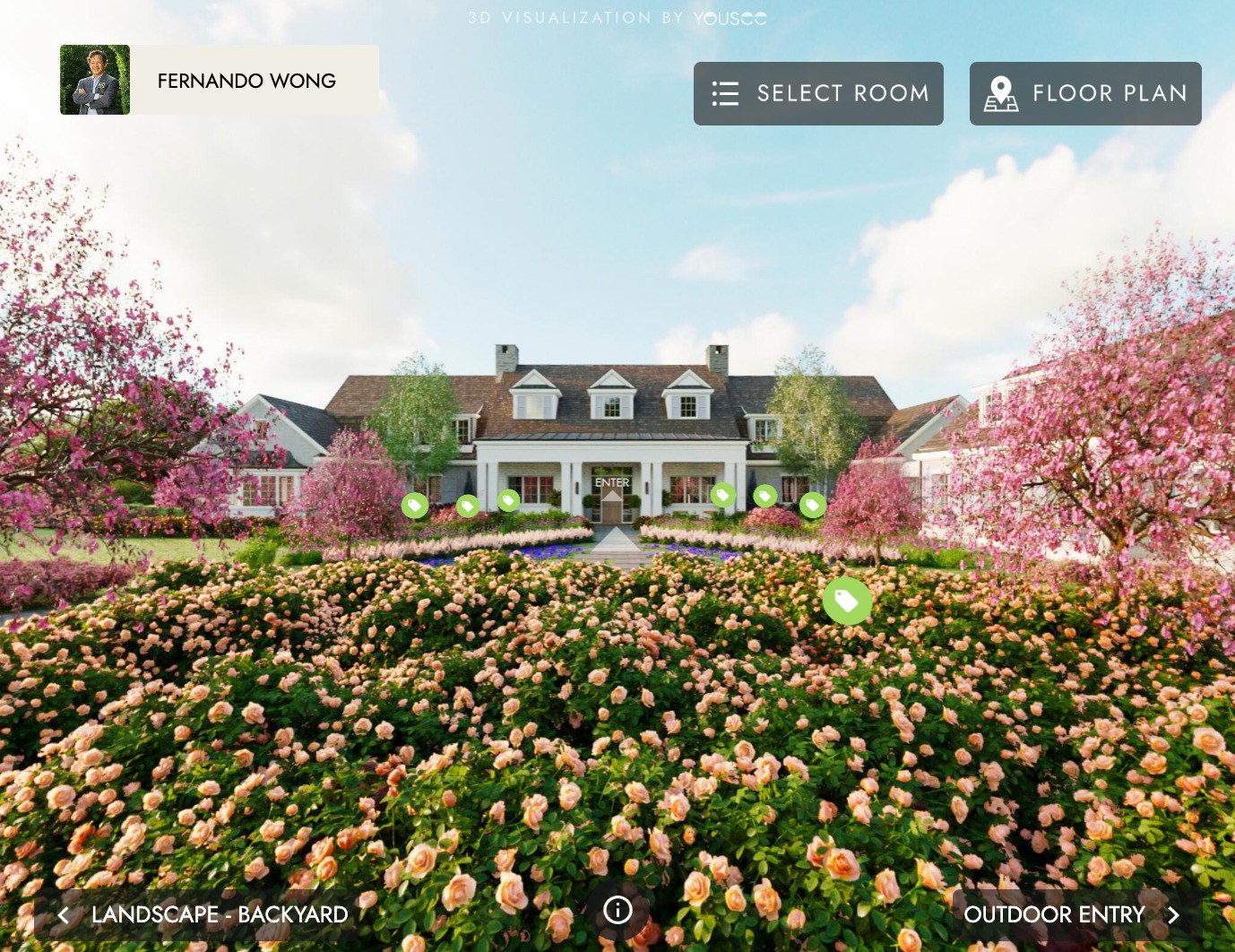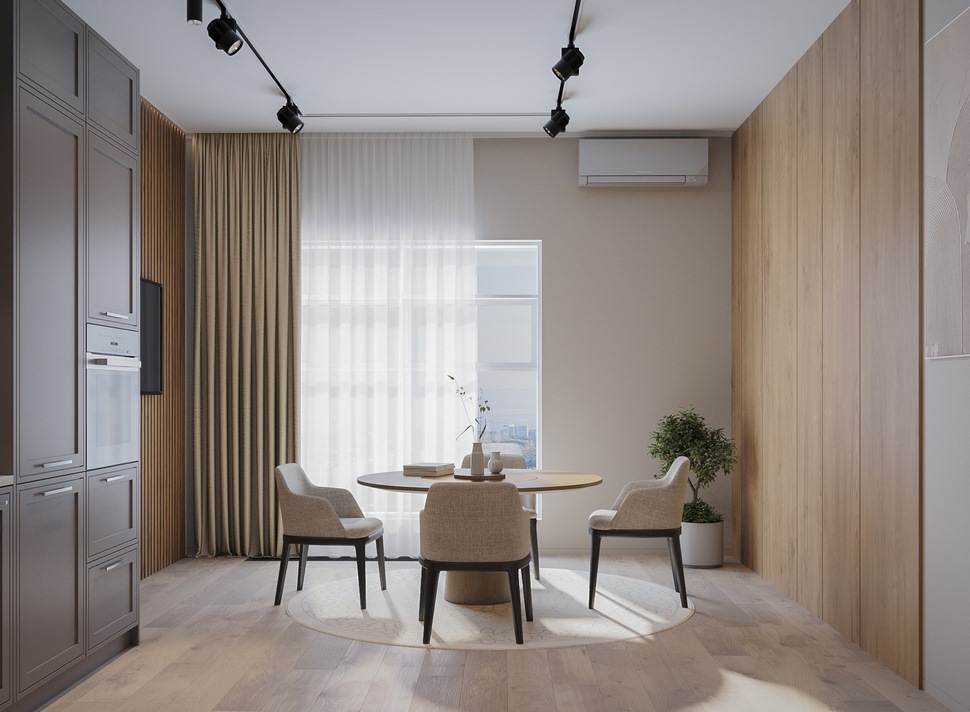Furniture Retail Reimagined: Merging Tradition with 3D Virtual Technology
In the dynamic landscape of retail, particularly in the furniture sector, digital technology has sparked a significant transformation. At the forefront of this evolution is the 3D virtual showrooms, an innovation reshaping the traditional norms of furniture shopping and customer engagement. These platforms are not merely about showcasing furniture online; they represent a new era in furniture retail, merging cutting-edge 3D technology with the timeless values of traditional shopping experiences. This article delves into the impact and significance of virtual showrooms in the furniture market, highlighting their role in shaping the future of furniture shopping.
Introduction to Virtual Showrooms in Furniture Retail
Emerging as a powerful tool in the furniture retail industry, virtual showrooms provide an immersive environment where customers can interact with furniture pieces virtually. This digital innovation allows businesses to present their products in a detailed 3D environment, offering information such as pricing, exchange policies, and product demos. This concept transcends traditional retail approaches, providing a comprehensive and interactive online shopping experience for various products, including furniture.
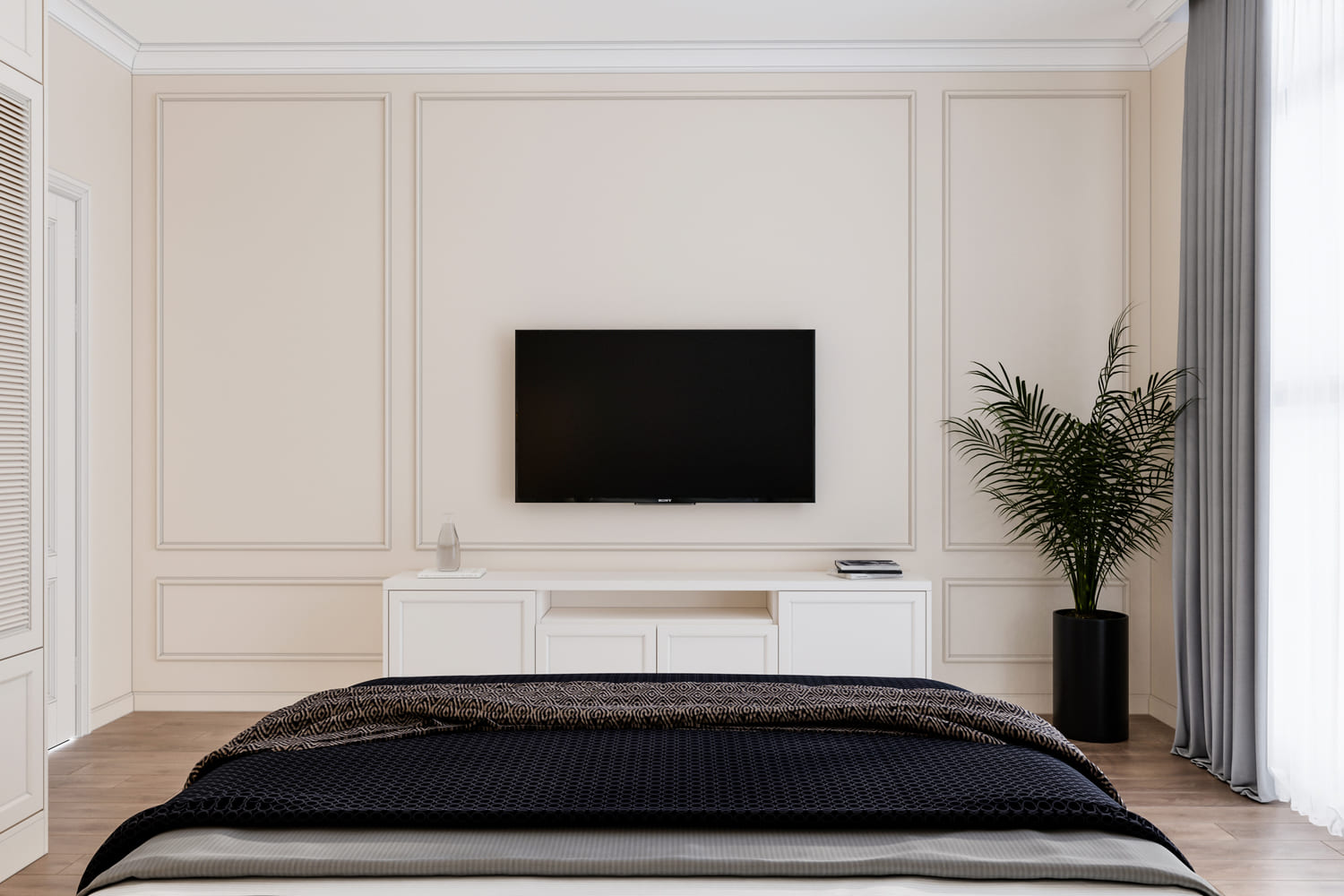
Image from Yousee Studio
The necessity for virtual showrooms in furniture retail has become increasingly evident. They offer B2B and B2C solutions, enabling retailers, brands, and customers to engage safely and effectively. These platforms overcome the limitations of physical product exhibitions, offering an enhanced shopping experience that goes beyond reality. This shift responds to changing market dynamics and strategic moves to cater to a diverse, global customer base.
The Evolution of Furniture Retail: Blending Digital and Physical Elements
The furniture retail market has always been dynamic, but the shift toward virtual showrooms marks a significant evolution. The COVID-19 pandemic accelerated this transition, driving businesses to adopt online operations. This shift was widely embraced and has continued to gain popularity. Virtual showrooms in furniture retail offer a unique experience, making products more accessible and appealing to an international market.
The future of furniture retail is increasingly leaning towards digital platforms. Virtual showrooms have transformed how businesses interact with customers, offering a platform that combines the convenience of online shopping with the physical store experience. Customers can explore furniture, interact with sellers in real-time, and make informed decisions from their homes.
Enhanced Convenience for Furniture Shoppers
One of the most significant advantages of virtual showrooms is the convenience they offer to furniture shoppers. They bring the retail experience to the consumer's home, eliminating the need to visit physical stores. Customers can quickly examine furniture pieces, view detailed demos, and make purchases. This approach saves time and allows customers to compare products and services at their own pace.

Image from Yousee Studio
Virtual showrooms provide an immersive shopping culture where furniture is displayed for a global audience. This approach helps brands achieve international leads and prospects and fosters long-term customer relationships. The convenience factor is a critical driver in the growing popularity of virtual showrooms in the furniture industry.
Convincing Product Demos and Descriptions for Furniture
The virtual platform enables exhibitors to create a branded virtual showroom, showcasing furniture with all relevant information at exhibitor booths. This includes detailed product descriptions, catalogs, demos, and pricing details. The ability to create product landing pages with elaborate listings enhances the chances of maximizing sales, as informative exhibit booths tend to attract more customers.
Live Seller-Buyer Interaction in Furniture Shopping
A key feature of virtual showrooms is the support for live interactions between sellers and buyers. Each exhibit booth can feature live text, audio, and video chat options and a meeting scheduler for quick sales interactions. This feature allows sellers to address buyers' reservations, provide relevant information, and assist them through buying. Engaging buyers in interactive sessions adds a competitive edge, increasing the chances of confirmed sales.
Closing Furniture Sales in Real-time
Virtual showrooms streamline furniture shopping, from product exploration to the final purchase. Exhibitors can engage audiences with live, semi-live, and pre-recorded webinars, providing detailed product demonstrations. This digital shopping procedure simplifies payment methods and enables real-time sales, allowing customers to purchase independently.
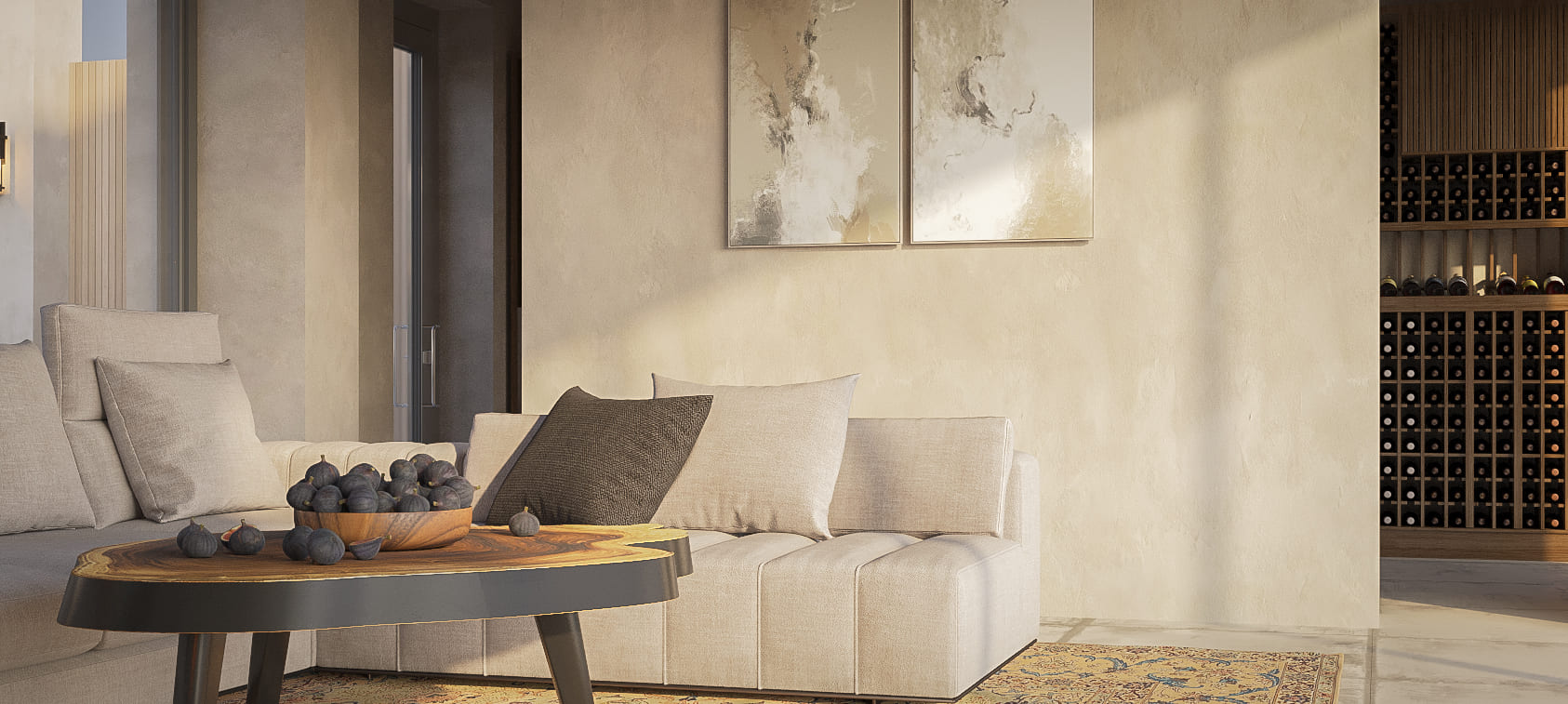
Image from Yousee Studio
24/7 Online Accessibility for Furniture Retail
The accessibility of virtual showrooms is another significant advantage. They are available online 24/7, accessible to anyone from anywhere in the world. This constant availability benefits buyers and sellers, allowing businesses to secure more sales and gain worldwide recognition. The move to online platforms is considered a step into the future for furniture retail businesses.
The furniture retail market has seen more significant profits and gains by going virtual. Retailers worldwide now host virtual exhibitions, trade shows, product launches, and virtual sales events to stand tall in the digital marketplace. Virtual showrooms respond to current market trends and a strategic move towards a more inclusive, global, and efficient furniture retail model.
Technology Behind Virtual Showrooms in Furniture Retail
The technological foundation of virtual showrooms is a fascinating amalgamation of 3D modeling, Augmented Reality (AR), and Virtual Reality (VR). These technologies create immersive, interactive environments where customers can virtually experience furniture. 3D modeling provides a realistic representation of furniture, allowing customers to view items from various angles and configurations. AR enhances this experience by superimposing digital images onto the real world, enabling customers to visualize furniture in their own space. VR takes it a step further by immersing users in a wholly digital environment, offering an in-depth exploration of furniture.
The integration of these technologies with e-commerce and retail systems is crucial. It ensures a seamless transition from product exploration to purchase, enhancing the customer experience. This integration also allows the collection of valuable data on customer preferences and behaviors, which can be used to tailor future offerings and marketing strategies.
Balancing Technology with Traditional Furniture Retail Values
While technology is at the heart of virtual showrooms, maintaining traditional furniture retail values is essential. Personalization and customer service, hallmarks of conventional retail, are just as crucial in the digital realm. Virtual showrooms must strive to offer personalized experiences where customers feel their needs and preferences are understood and catered to.
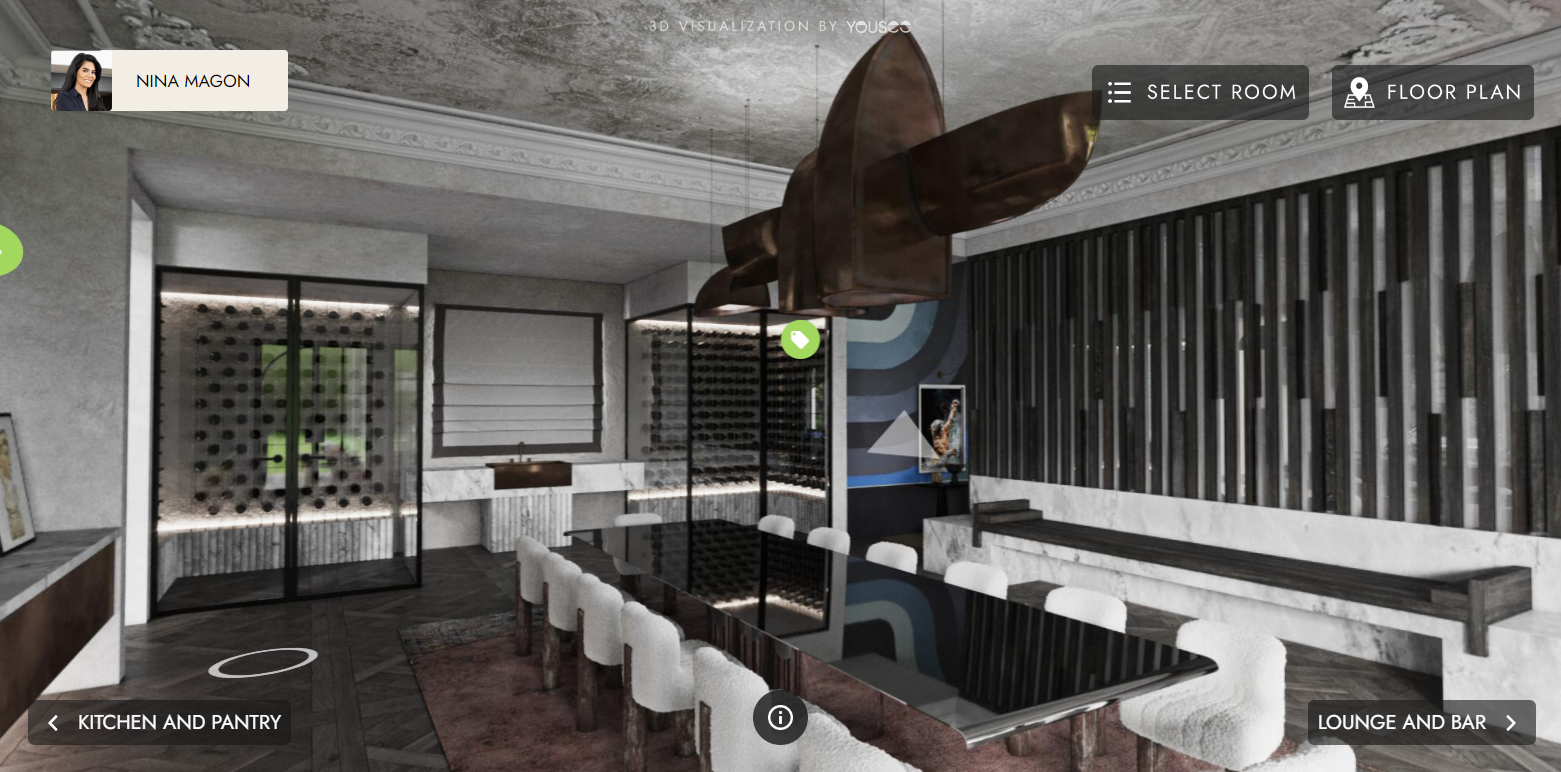
Image from Yousee Studio
Combining technology's convenience with the traditional furniture shopping experience is a delicate balance. Virtual showrooms should provide an easy and efficient shopping experience while offering the engagement and personal touch that customers value in physical stores. Case studies of brands that have successfully maintained traditional values in their digital spaces can provide valuable insights into achieving this balance.
Challenges and Solutions in Implementing Virtual Showrooms for Furniture
Implementing virtual showrooms comes with its set of challenges. Technical challenges include ensuring compatibility across various devices and platforms and maintaining high-quality visuals and functionality. Operational challenges involve integrating virtual showrooms with furniture retailers' existing sales and inventory systems.
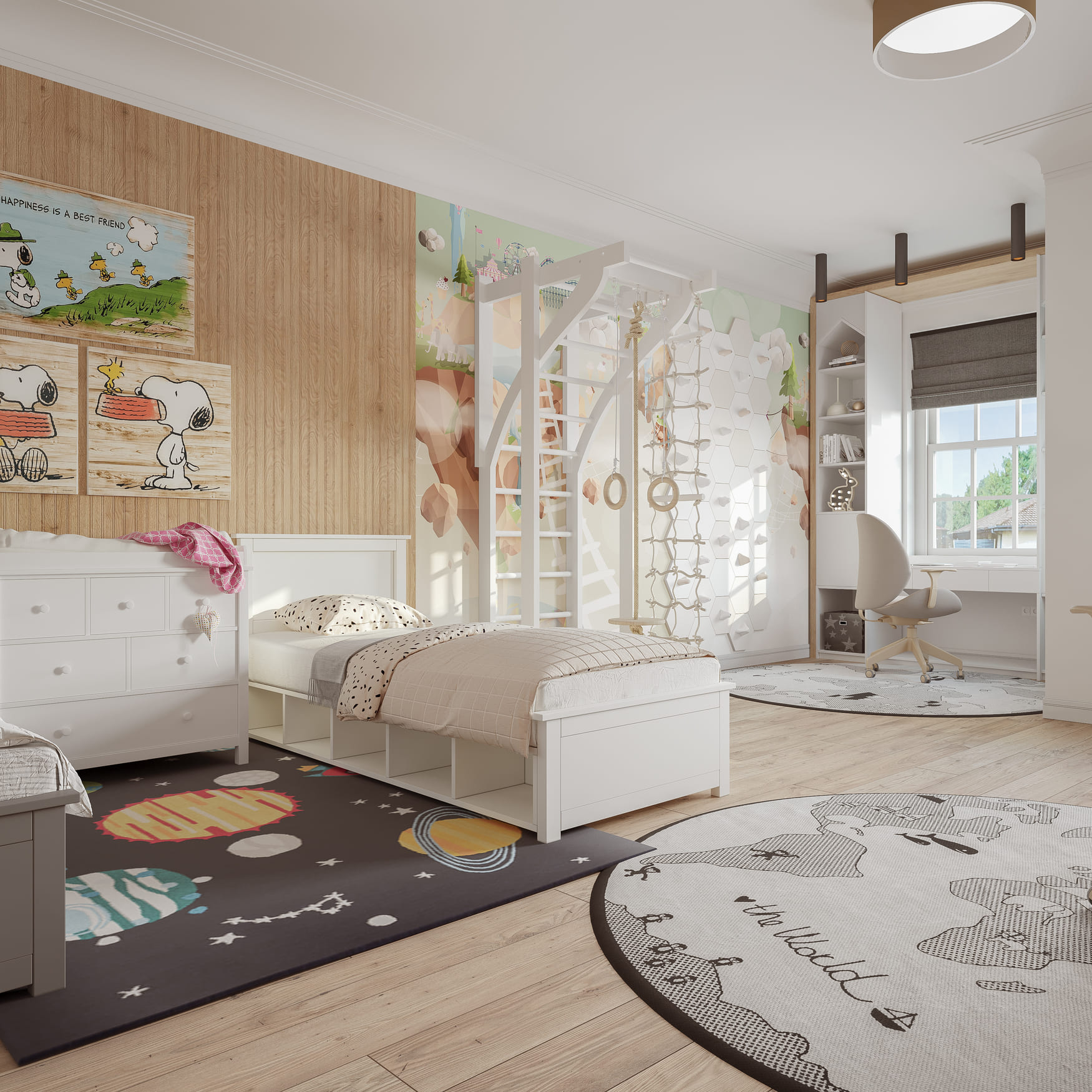
Image from Yousee Studio
Balancing digital innovation with user accessibility is crucial. Virtual showrooms should be user-friendly, catering to customers with a wide range of tech-savviness. Solutions include intuitive design, straightforward navigation, and providing assistance or tutorials for first-time users.
Strategies for successful implementation involve thorough planning, understanding the target audience, and choosing the right technology partners. Continuous testing and feedback collection are essential to refine the virtual showroom experience.
Future Trends and Predictions in Furniture Retail
The future of virtual showrooms is likely to be shaped by emerging technologies and changing consumer behaviors in the furniture industry. AI and machine learning could offer more personalized shopping experiences, while advancements in AR and VR could make virtual showrooms even more immersive.
Consumer behavior is expected to evolve with these technological advancements. There will be a greater demand for experiences that blend the convenience of online shopping with the engagement of in-store visits. Virtual showrooms will likely become a standard feature in furniture retail, with businesses across various sectors adopting this technology.
Virtual showrooms represent a significant shift in furniture retail, blending advanced technology with traditional retail values. They offer enhanced convenience, immersive experiences, and personalized customer service, all within a digital platform. As technology evolves, virtual showrooms will likely become integral to the retail experience, reshaping how consumers interact with furniture brands and make purchasing decisions.
Virtual showrooms are more than just a technological trend; they are a strategic response to the changing furniture retail landscape. They offer businesses a unique opportunity to connect with customers globally, transcending geographical and physical limitations. As we progress, embracing these digital innovations will be vital to staying competitive and relevant in an increasingly digital marketplace.
Virtual showrooms are set to redefine the furniture shopping experience, offering a glimpse into the industry's future. They represent a harmonious blend of technology and tradition, providing a platform that respects traditional retail values while embracing the possibilities of the digital age. The future of furniture retail is bright, and virtual showrooms are at the forefront of this exciting new era.
Contact us at YouSee Studio for captivating 3D renderings and immersive virtual experiences.
Ray Lisbon is a content writer and the author of this article.

